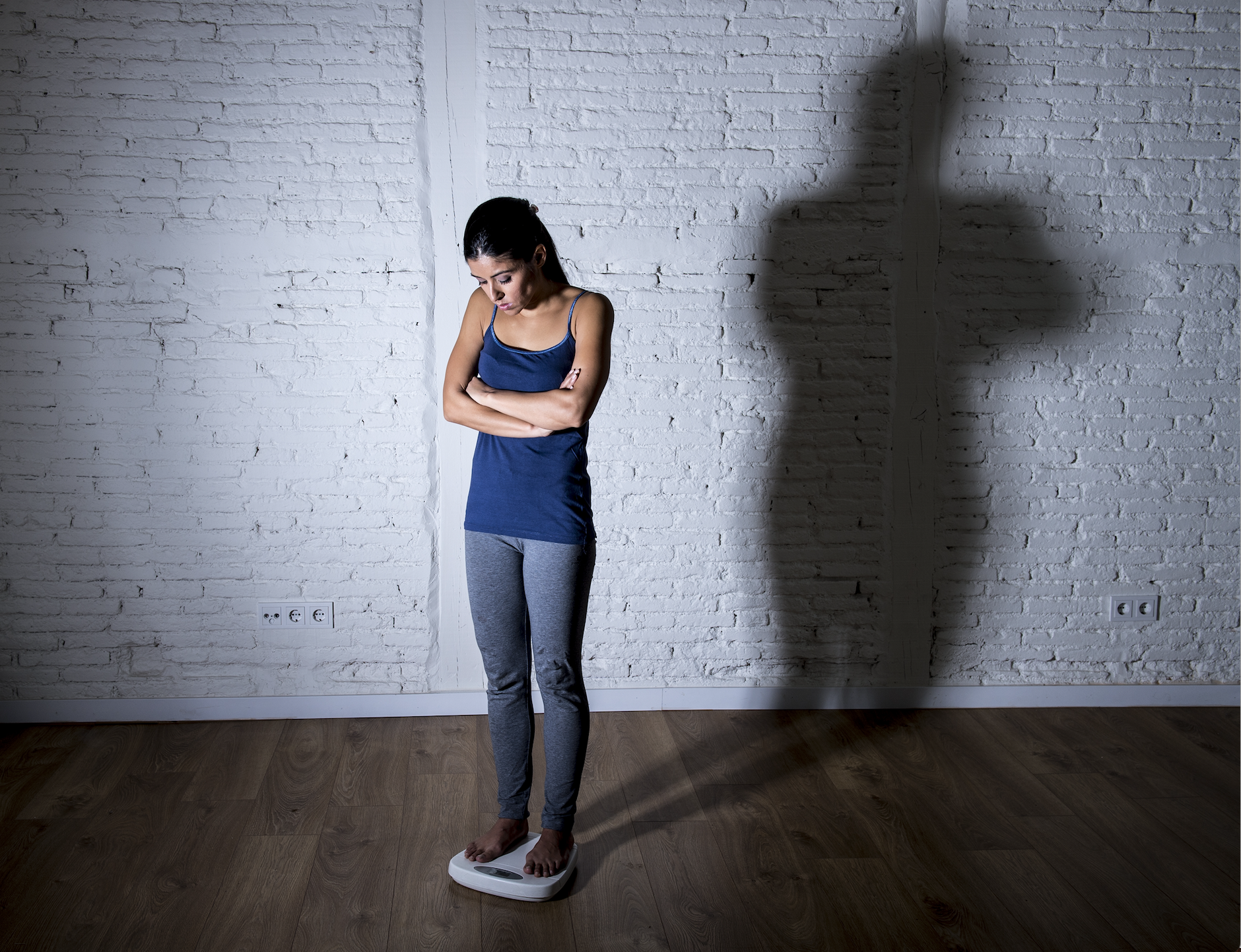Reasons for and consequences of low energy availability in female and male athletes: Social environment, adaptations, and prevention
This 2020 review describes the problems associated with low energy availability, particularly among athletes who are especially at risk of reaching this state in which the body does not have enough energy left to support all bodily part functions required to maintain optimal health. This article explains why there are multiple reasons why athletes are particularly at risk. Low energy availability may be the result of changes in eating behaviors, which can be attributed to body dissatisfaction (the belief that lower body weight will improve performance) or social pressure to look a certain way. The athlete’s social environment also has a big role in low energy availability, since pressure can come from coaches, teammates, and even social media platforms. While female athletes have started to fight against the pressure to be thin through their social media platforms, male athletes also appear to be at risk. Apart from the factors mentioned earlier, low energy availability can develop unintentionally in athletes who expend high levels of energy (e.g. rowers and cyclists). This can occur especially when the athletes’ caloric consumption does not match their exercise intensity. The low energy availability state can be detrimental to health and performance. Both short- and long-term low energy availability can cause alterations in endocrine levels, mental disorders, thyroid suppression, and changes in metabolic responses. [NPID: sports performance, energy, low energy availability, athletes, environment, body image, body dissatisfaction, social pressure, sports, rowing, cycling]
Year: 2020
 Navigation
Navigation






